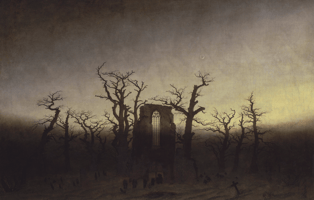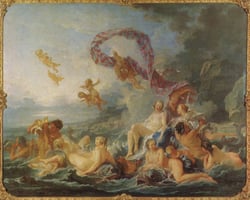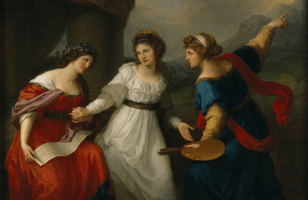Romanticism was an artistic movement that emerged in Europe during the late 18th and early 19th...
The Revival of Neoclassicism: A Look at the Rebirth of Ancient Greek and Roman Art
Neoclassicism art was a period of art produced during the late 18th and early 19th centuries. It was a revival of the classical styles of Ancient Greece and Rome and was seen as a reaction to the more ornate and theatrical art of the Baroque and Rococo periods. Neoclassicism is characterized by its focus on balance, harmony, and symmetry and the use of traditional Greek and Roman motifs.
Neoclassicism art was a reaction against the more decorative and ornate Baroque and Rococo styles of the previous period. Neoclassicism artists sought to capture the grandeur and authority of the classical world, as well as its beauty and harmony. The most important Neoclassicism artists were Jacques-Louis David, Jean-Auguste-Dominique Ingres, Antonio Canova, and John Flaxman.
Neoclassicism art is often associated with the Enlightenment period, which was a period of intellectual and political enlightenment in Europe. Neoclassicism art often focused on themes of morality, patriotism, and sacrifice, as well as the struggle between the individual and state power. This is evident in the works of Jacques-Louis David, who is known for his paintings of historical figures such as Napoleon and of classical themes such as the death of Socrates.
Neoclassicism art was also highly influential in architecture, with many buildings built in the Neoclassical style during this period. The style is characterized by its grandeur, symmetry, and the use of columns and arches. Examples of Neoclassical architecture include The White House in Washington D.C., the Brandenburg Gate in Berlin, and the Panthéon in Paris.
Overall, Neoclassicism art was a reaction against the more ornate Baroque and Rococo styles of the previous period. It was characterized by its focus on balance, harmony, and symmetry, as well as its use of classical motifs. Neoclassicism was also influential in architecture, with many buildings built in the Neoclassical style during this period.




